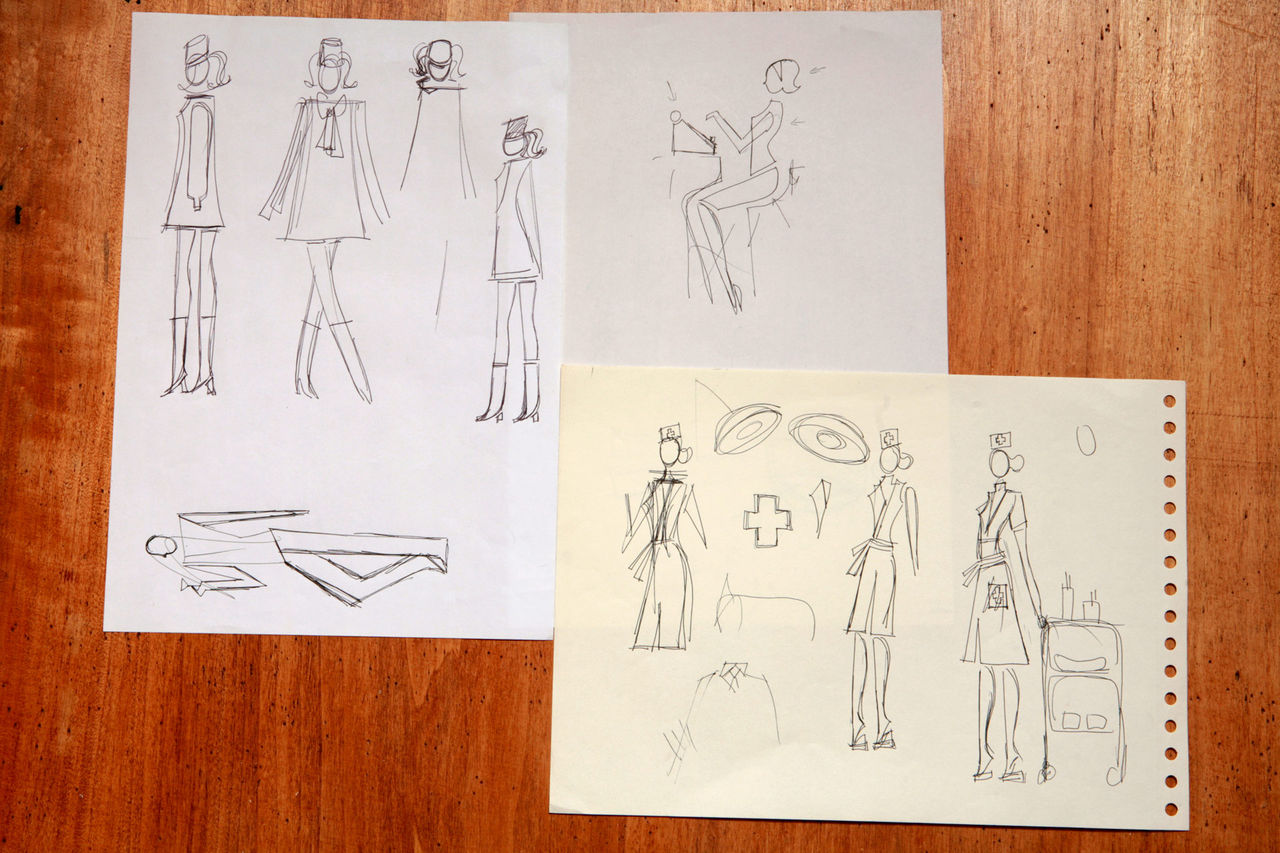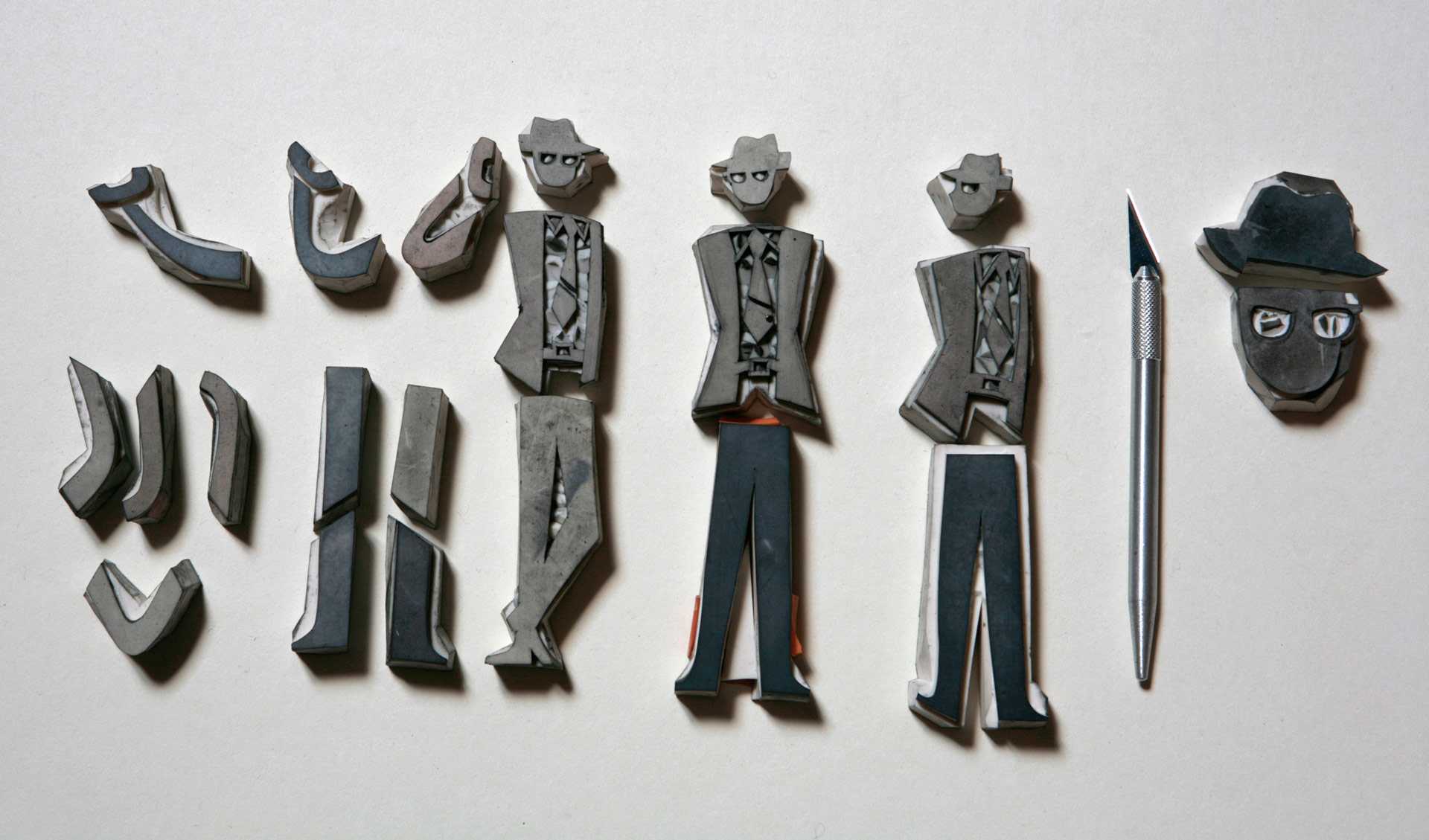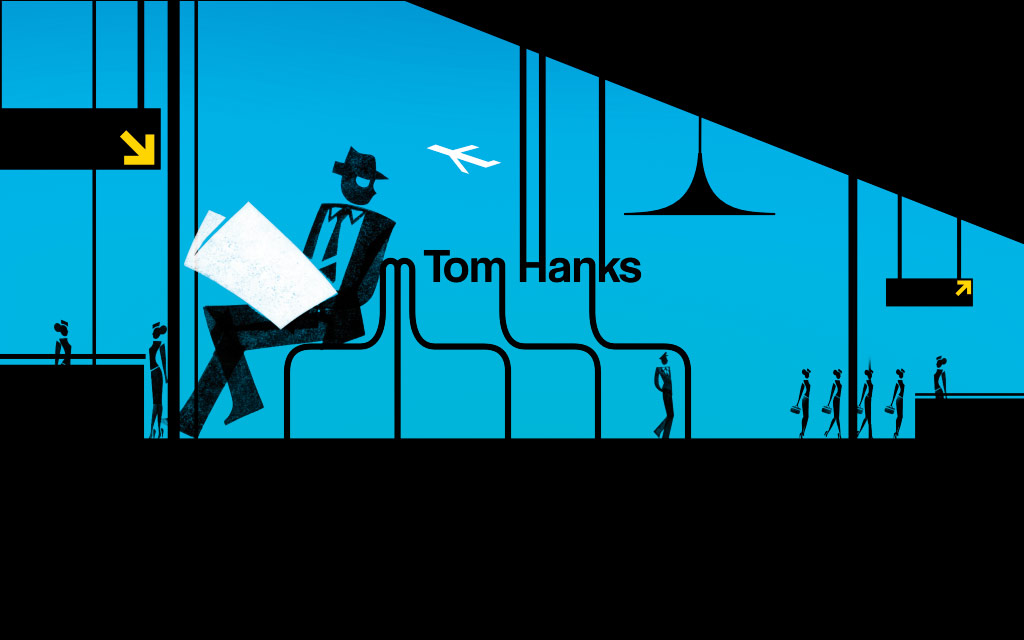Feed The Fish
I think that we had some nice shots in our sequence and we tried to vary them as much as possible in order to apply what we have learnt. At the beginning, I like the establishing shot because it captures the place really well and the panning shot allows the audience to see the entire location, which is important. The reason why we did this was because we wanted to draw attention to our main character, which I played. However, I do feel like this was quite rushed and so the camera did shake a little, so next time, when using an establishing shot like this in my opening sequence, I need to make sure to put the camera on a tripod so it doesn't jog. Therefore this can make the sequence more realistic but also flow more coherently.
We then have a low angle shot which I thought was a good way of making the whole scene a bit more interesting but thought that it doesn't really make that much sense because normally when making a low-angle shot this is for someone who is important/ higher status and this was not the character who we were trying to present. If I had to improve this I would make sure to pay more careful attention on the types of shots I use and whether they have a particular intention.
In term of sound here I think this was an issue in this sequence because we did not block the sound out and so you can hear background noise of other students in the hallway, which was hard to control. Therefore, in my real opening sequence I would make sure that we film in a quiet environment or be able to control the sound to make it realistic, where there's no disturbance.
When I walk through the stairs this was a good long shot because it really does show the character well and the viewers can clearly see what I am doing. However, I think this shot would have been better if the camera was again still on a tripod, and it pans slightly when I go up the stairs.
The shot of opening the key I thought would have been better if we had included a close-up shot of what I'm doing because I think that was important and we needed to divert the audience's attention to that. We also move quite quickly to the sign, so to improve, better control of the camera would make this more smooth.
I think the over the shoulder shot was effective because we can see the other character which is also important in this sequence; also it makes it realistic as the audience can see who I am directly talking to.
The shot if Fahad in the background is also effective because we can see him acting as the 'security guard' as he appears really tall and masculine but cannot see his face which adds some kind of tension as to who he is.
Other shots I don't think quite worked was putting the camera at a low-angle again because it doesn't appear to make that much sense.To improve next time, I think a simple over the shoulder shot would have been better because people can focus on the actual conversation, which is vital. The flashback part of the scene of putting toilet paper in the toilet could have been better by actually having better props such as real fish food, adding to the humour, but yet again for the actual opening sequence I think that we will be a lot more prepared and feel confident, taking on boards the skills we had learnt and applying them.
Our peers in the classroom also gave us constructive criticisms such as they didn't understand why I was walking up the stairs and suddenly we were outside, so planning before hand is something I will take on board in my opening sequence in order for us to know exactly the type of shots we are filming, location, etc.
Shot Types
Establishing shot: We start off with an establishing shot in order for the audience to be clear where the who sequence is going to be set, the environment and location they are in. For example, in this case it is clear that this is a school. I liked how we panned this shot and so this gives an overview of the whole building, but it also follows the character as she enters the door.
Low- angle shot: We then decided to do a low angle shot. A reason for this is that we not only want to experiment and use varied shots but we also wanted to maintain some suspense by not showing the character's face. However, I do think that a low angle shows higher status and power, this is a problem as this character is not the powerful one and so this may convey a misunderstanding in our audience. In my main opening sequence I should pay more attention to the type of shots I use and the meaning they may have.
Panning: As I am walking the stairs, we used a panning shot in order for the audience to see my at the top of the stairs. However, I do feel it would have been much more smoother and better if we had used continuity editing here and filmed me on the other side of the stairs coming towards the camera in order to create realism. This can also minimise the camera shaking and so the overall sequence may have looked professional.
Close-up: In this shot we tried to show that what the girl is doing is something dangerous and secretive hence the close-up shot of the sign 'danger of death'. I think this was effective in creating this a close-up shot in order to shock the audience, however, I think we should have held this shot for longer or gradually have zoomed in to create some kind of dramatic tension and suspense.
Shot-reverse-shot: We then decided to use this shot in order to show the two characters having a conversation. This gives a sense of intimacy as we are able to see the conversation of these two characters and follow up what they are talking about so keeps the audience hooked.
High- angle shot: The reason we used a high-angle shot was because we wanted to show the two characters talking to each other and give a whole over view of where they are, their body language, position and surrounding, which is important detail in keeping the audience interested in knowing what's going

















